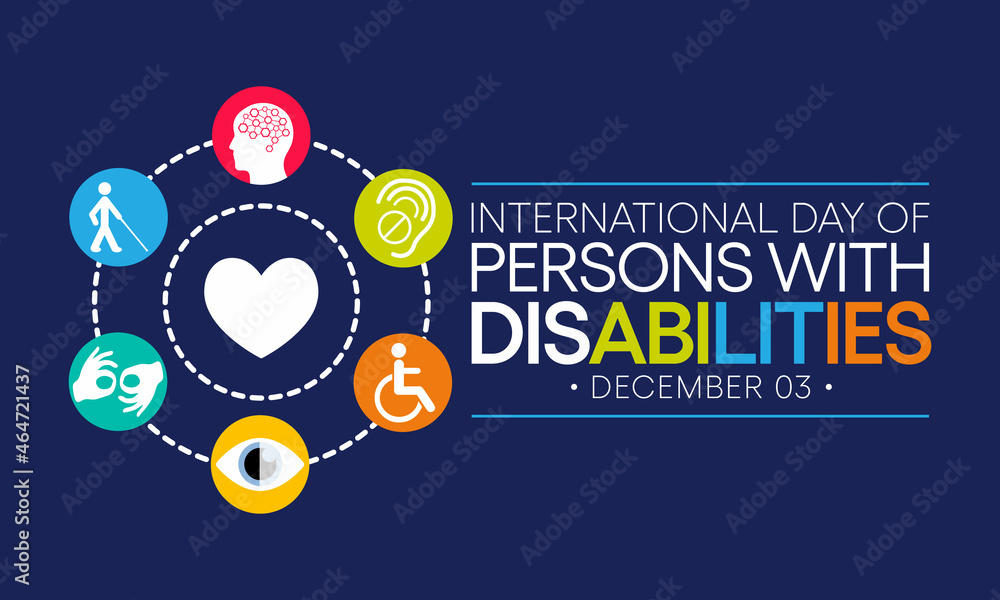Each year, millions of people participate in The Great ShakeOut, an international earthquake drill designed to teach us how to protect ourselves when the ground starts shaking. Earthquakes can happen without warning, and it’s crucial to know how to respond, especially for people with disabilities or older adults, who may face additional challenges during an emergency.
This year, The Great ShakeOut will take place on October 17. Whether you participate in a drill at home, school, or work, it’s a perfect time to review your emergency preparedness plan and ensure you have the tools and knowledge to protect yourself during an earthquake.
Earthquake Safety Basics
The primary advice during an earthquake is to Drop, Cover, and Hold On:
- Drop to your hands and knees to prevent being knocked over by the shaking.
- Cover your head and neck with your arms or seek shelter under a sturdy table or desk.
- Hold On until the shaking stops to ensure you stay protected.
While these steps are effective for many people, people with disabilities may need to adapt them based on their unique circumstances.
Tips for Earthquake Safety for People with Disabilities
- People Using Wheelchairs, Walkers, or Mobility Devices:
- Lock your wheels: If you’re in a wheelchair, lock your wheels to prevent rolling during the earthquake.
- Cover your head and neck: Use your arms or a pillow to shield your head from falling debris.
- If possible, stay in place: Moving can be dangerous during the shaking. Stay in your wheelchair or seated position and protect yourself as much as possible.
- People with Visual Impairments:
- If you’re indoors, move away from windows, bookshelves, or other items that could fall.
- Listen for audio cues or use a white cane to help you navigate a safe spot to drop and cover.
- Keep a whistle or noise-making device on hand to alert others to your location if you need help after the shaking stops.
- People with Hearing Impairments:
- Make sure you’re signed up for emergency alerts in your area. These can provide critical information about earthquakes or aftershocks.
- Keep flashlights and extra batteries easily accessible to signal for help or navigate in case power is lost.
- People with Cognitive Disabilities:
- Practice earthquake drills regularly to reinforce the actions you need to take. This can help you respond quickly during a real earthquake.
- Use clear, simple instructions when creating your emergency plan and share it with your support network.
Build a Personal Emergency Plan
It’s important to build an emergency plan that fits your specific needs and ensures you have the right resources at hand. Visit this page to learn more about preparing and protecting yourself during an earthquake.
Participate in The Great ShakeOut
Taking part in The Great ShakeOut is one way to practice your earthquake safety plan. Join the millions of people who will be participating in the drill on October 19th at 10:19 AM. You can register online to get reminders and tips to help you prepare.
By being proactive and practicing how to protect yourself, you can reduce your risk of injury and feel more confident in your ability to handle an earthquake. Remember, the more you prepare, the safer you’ll be in any emergency.You can find more information specific to disability and emergency here.



